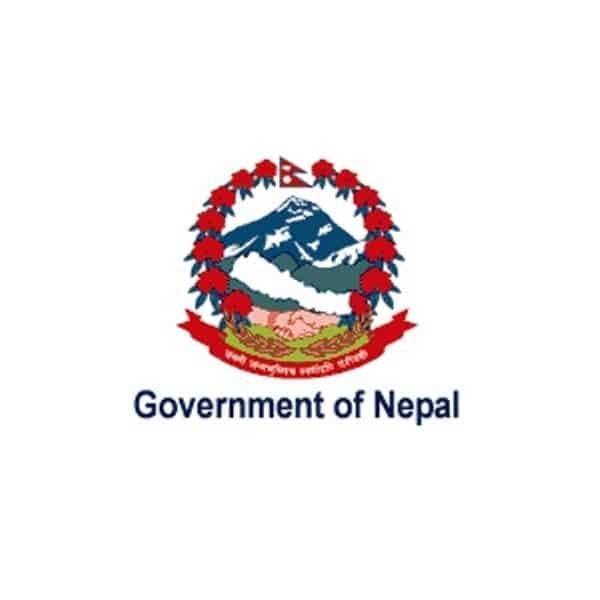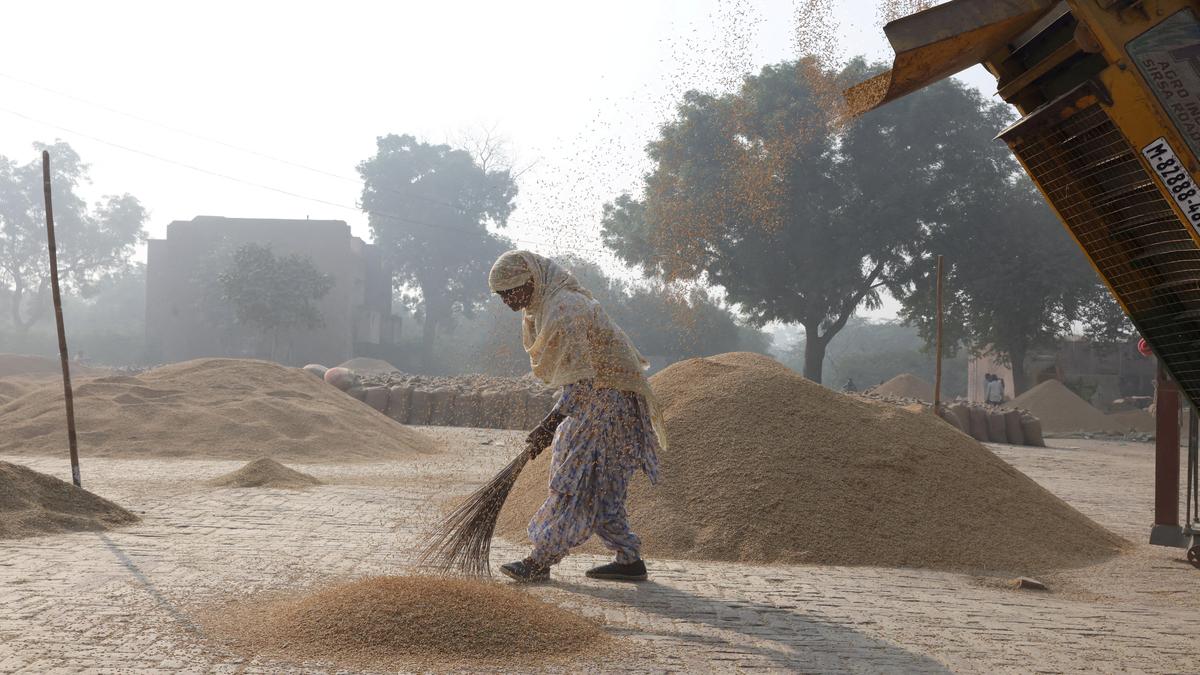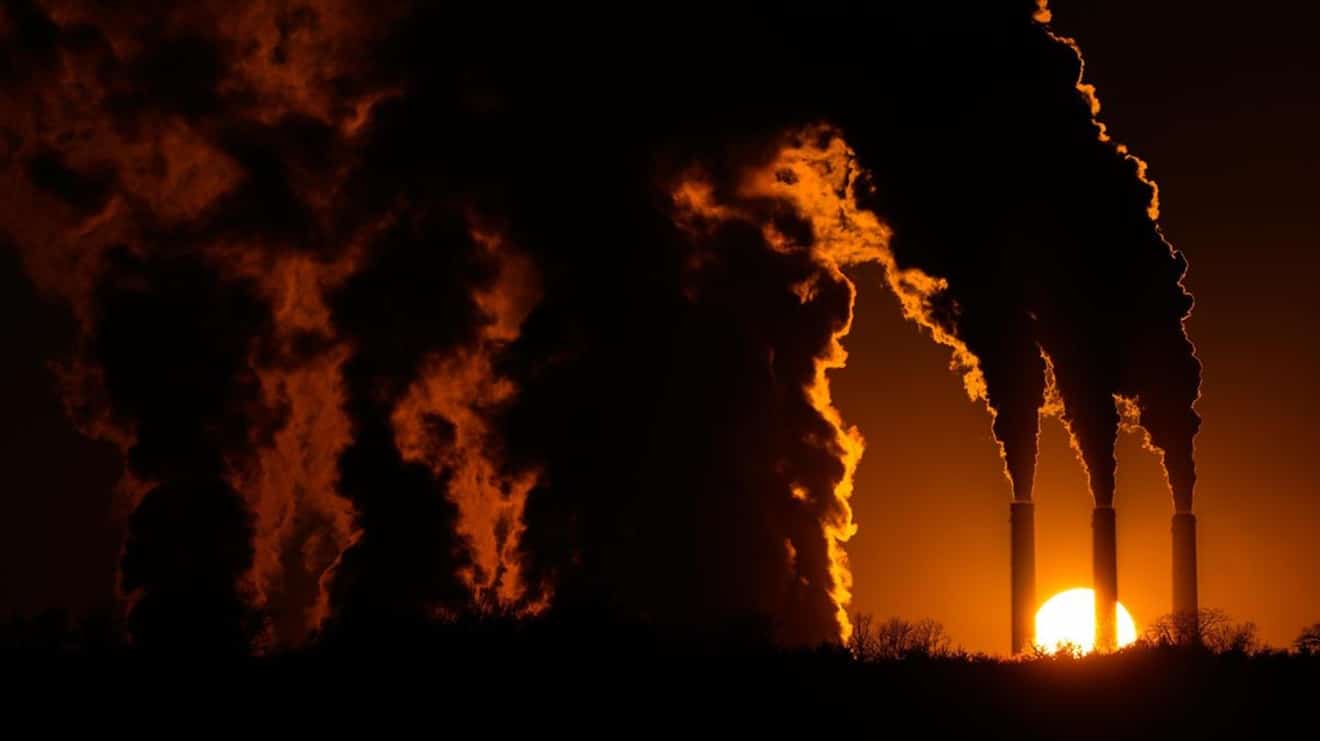What’s in today’s article:
- Why in News?
- Electoral system in Nepal
Why in News?
- As the counting of votes under the direct system concluded in Nepal, Prime Minister Sher Bahadur Deuba’s Nepali Congress emerged as the largest party by winning 57 seats.
- Elections to the House of Representatives (HoR) and seven provincial assemblies were held on November 20.
- This election is crucial as political instability has been a recurrent feature of Nepal’s Parliament since the end of the decade-long Maoist insurgency.
- No prime minister has served a full term after the civil war ended in 2006.
Background of the Electoral system in Nepal
- The new constitution passed in 2015 declared Nepal a federal state with three levels of government: federal, provincial and local.
- Adult franchise and periodic election have been categorically stated in the preamble to the Constitution.
- The Constitution provisioned different types of electoral system at local, provincial and federal level:
- First past the post (FPTP) system for the election of Local Level
- FPTP system: Candidate with the highest number of votes in a constituency is declared the winner.
- In proportional electoral system: allocation of seats on the basis of the votes secured by political parties
- The mixed electoral system (of first past the post and proportional representation) for the election of State Assembly and House of Representatives.
- The use of two different electoral systems at the same time is known as mixed electoral system.
- First past the post (FPTP) system for the election of Local Level
Federal election in Nepal
- There are 334 members in the Federal Parliament, out of which the House of Representatives (HoR) has 275 members and the National Assembly (NA) has 59 members.
- For federal election, Nepal has selected the mixed electoral system:
- The first past the post electoral system within plurality/majority electoral system and
- List-based proportional electoral system within the proportional electoral system.
- Political parties submit the list of candidates to the election management body (the Election Commission in case of Nepal).
- Political parries select the winning candidates based on the number of seats secured by them.
How does the voting work?
- Each voter will be given two ballot papers for the two methods (FPTP and PR).
- A party has to cross the election threshold of 3 percent of the overall valid vote to be allocated a seat under the PR method.
Forms of government in Nepal
- Federal parliament (HoR+NA) will elect a prime minister, who is the real executive head.
- The leader of the party that wins a simple majority is invited to form the government. A party or a coalition needs 138 seats for a clear majority.
- Members of the HoR are elected for a five-year term.
- The National Assembly (NA) is a permanent body.
- 56 members chosen by an electoral college consisting of Provincial Assembly (PA) members and village and municipal executive members.
- Three members are nominated by the president.
- It has a term of six years, with one-third of its members retiring every two years on a rotational basis.
- The president and vice president are constitutional posts with nominal power.
- They are elected by an electoral college formed by the HoR, NA and Provincial Assembly (PA) members.
- The members of the PA choose chief ministers to run the respective provinces.
- A total of 753 local units, spread across 77 districts in seven provinces, have been elected to run the village and municipal administration.
Last updated on January, 2026
→ Check out the latest UPSC Syllabus 2026 here.
→ Join Vajiram & Ravi’s Interview Guidance Programme for expert help to crack your final UPSC stage.
→ UPSC Mains Result 2025 is now out.
→ UPSC Notification 2026 is scheduled to be released on January 14, 2026.
→ UPSC Calendar 2026 has been released.
→ UPSC Prelims 2026 will be conducted on 24th May, 2026 & UPSC Mains 2026 will be conducted on 21st August 2026.
→ The UPSC Selection Process is of 3 stages-Prelims, Mains and Interview.
→ Prepare effectively with Vajiram & Ravi’s UPSC Prelims Test Series 2026 featuring full-length mock tests, detailed solutions, and performance analysis.
→ Enroll in Vajiram & Ravi’s UPSC Mains Test Series 2026 for structured answer writing practice, expert evaluation, and exam-oriented feedback.
→ Join Vajiram & Ravi’s Best UPSC Mentorship Program for personalized guidance, strategy planning, and one-to-one support from experienced mentors.
→ UPSC Result 2024 is released with latest UPSC Marksheet 2024. Check Now!
→ UPSC Toppers List 2024 is released now. Shakti Dubey is UPSC AIR 1 2024 Topper.
→ Also check Best UPSC Coaching in India

















